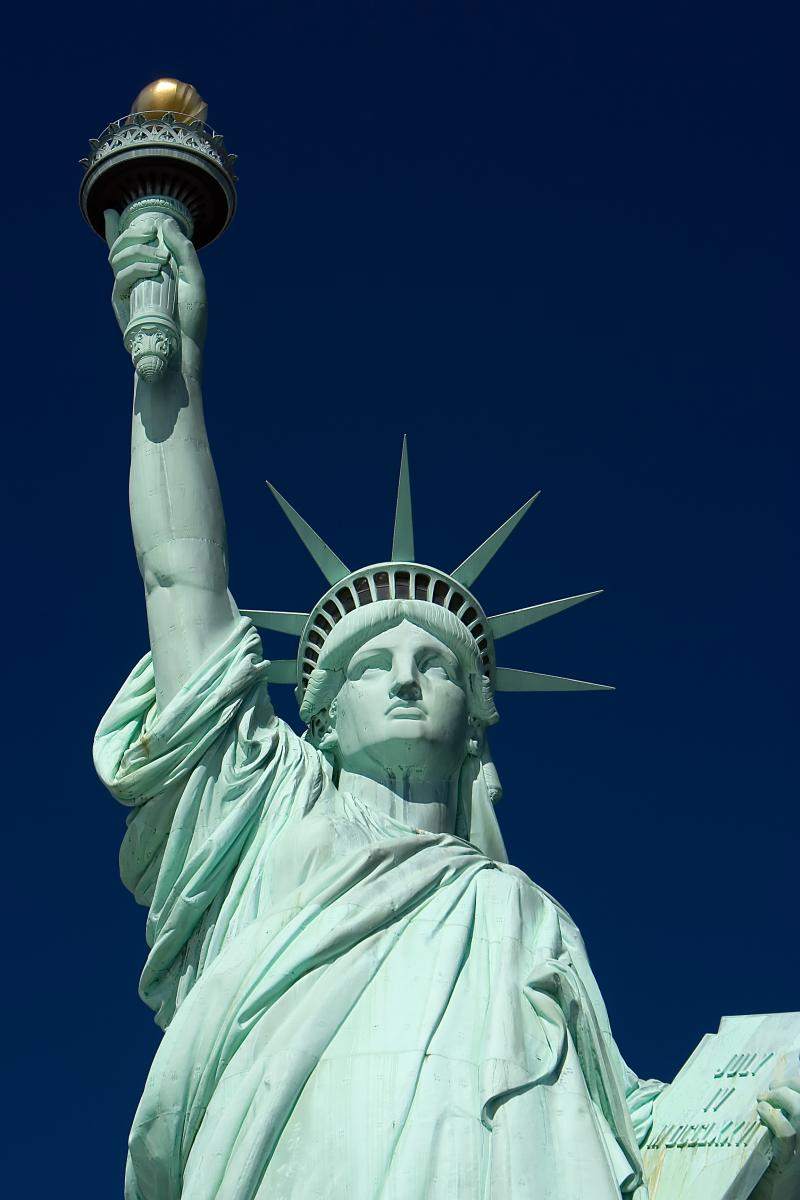
- •Unit 10 Historical Monuments Restoration
- •The Tower of Pisa
- •The Statue of Liberty
- •Unit 11 Amphibious Houses
- •1.1 Read the text title and hypothesize what the text is about. Write down your hypothesis.
- •What do you know concerning this issue? List your ideas in the table left column “I know”.
- •If you know answers to these questions write them down in the space given after each question.
- •Circle in the list the words and expressions you know. Write down their translation in the table and calculate the percentage of your lexical competence.
- •Unit 10 Amphibious Houses
- •Amphibious Architecture
- •Maritime architecture
- •Unit 16 Lattice Shells
- •1.1 Read the text title and hypothesize what the text is about. Write down your hypothesis.
- •What do you know concerning this issue? List your ideas in the table left column “I know”.
- •If you know answers to these questions write them down in the space given after each question.
- •Circle in the list the words and expressions you know. Write down their translation in the table and calculate the percentage of your lexical competence.
The Statue of Liberty
T he
Statue of Liberty is a colossal neoclassical sculpture on Liberty
Island in New York Harbor, designed by Frédéric Bartholdi.
The statue, a gift to the United States from the people of France, is
a figure of a robed woman representing Libertas, the Roman goddess of
freedom, holding a torch. A broken chain lies at her feet. The statue
has become an icon of freedom and of the United States.
he
Statue of Liberty is a colossal neoclassical sculpture on Liberty
Island in New York Harbor, designed by Frédéric Bartholdi.
The statue, a gift to the United States from the people of France, is
a figure of a robed woman representing Libertas, the Roman goddess of
freedom, holding a torch. A broken chain lies at her feet. The statue
has become an icon of freedom and of the United States.
By the early 1980’s, the Statue of Liberty required major repairs. A major part of the restoration of the statue was the replacement of the torch. Originally intended to allow the statue to serve as a lighthouse, the previous flame was largely made up of amber-colored windows, which were lighted from within. Those windows, though, had openings that allowed in rain, which corroded the raised arm's support structure. The old one was removed and a new torch fashioned, duplicating Bartholdi’s original design and construction methods. The new torch has no windows. Its flame is covered with gold leaf and glows with reflected light.

The structural framework that supports the copper covering was designed by Alexandre Gustav Eiffel, the French engineer who later built the famous Eiffel Tower in Paris. His support system for the Statue of Liberty consists of a central tower of four vertical columns connected by horizontal and diagonal crossbeams. Iron girders leading up and out from the tower support the raised right arm.
When the statue was erected in 1886, workers attached the statue’s head and right arm to the framework about 2 feet (61 centimeters) to the right of where Eiffel had planned their attachment. This caused a weak connection at the right shoulder that was strengthened during restoration. The observation platform at the crown level was also replaced.
The Statue of Liberty many corrosion problems were associated with:
Thousands of holes pitting the copper surface caused by a century of salt-air exposure
Distortion of the iron framework produced by continuous stress and fatigue
Previous repair attempts that created different problems and more deterioration.
T he
statue’s many ribs that link the skin to the frame were replaced.
The original ribs were made of iron, and many were badly rusted.
Restoration workers shaped new stainless steel ribs to replace those
made of iron. Workers also replaced many rivets that had pulled loose
from the copper skin.
he
statue’s many ribs that link the skin to the frame were replaced.
The original ribs were made of iron, and many were badly rusted.
Restoration workers shaped new stainless steel ribs to replace those
made of iron. Workers also replaced many rivets that had pulled loose
from the copper skin.
The restoration also included a thorough washing of the Statue of Liberty's copper skin, which has a naturally oxidized, green coating called a patina - a protective coating that the copper creates for itself. So the statue had to be washed with a combination of crushed walnut shells, baking soda, and pressurized water, but the familiar greenish colour of the exposed copper was preserved. In addition, layers of dirt, paint, and tar were removed from the inside surface.
A new passenger elevator was installed in the pedestal and an emergency elevator was added that reaches to the shoulder level. The ventilation system also was improved, and a new lighting system installed.
Official celebrations marking the opening of the newly restored Statue of Liberty were held on July 4, 1986.
